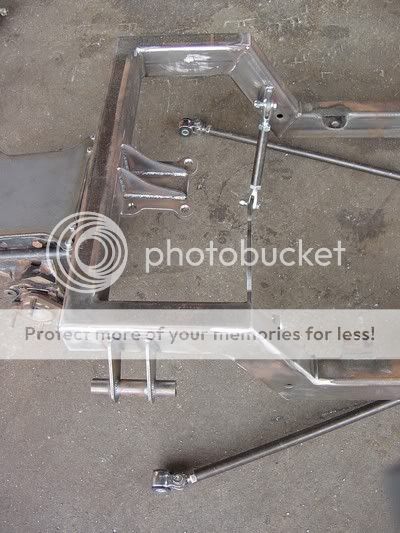Joe... I've studied the pics of your car as well, and yes, it did answer some questions. I like the look of the newer Micky Thomson tires, but I haven't yet decided a theme for the car. If I go with a '70's look, then something of a more traditional tread would be used. If I go with a more state of the art look, then the Micky's would be my choice. Why do you ask?
Ron
Ron







